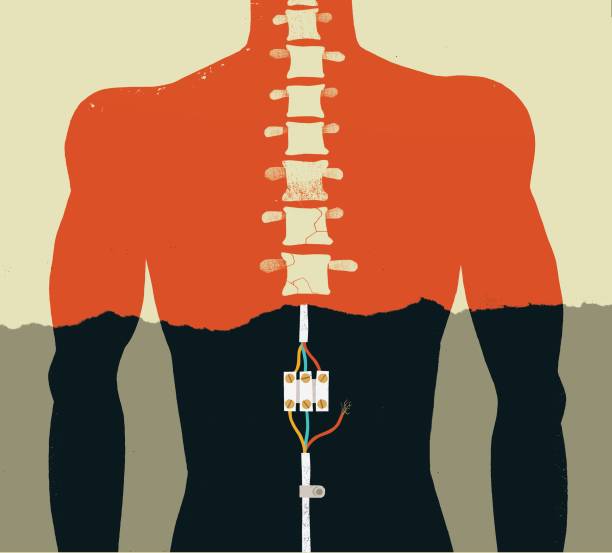By now, we all now that connections to the arm and legs originate in the spinal cord. Damage to the spinal cord affects all the hierarchy of the neural organization – nervous system cells – in the whole body. Spinal injuries can be life-altering as it can paralyze limbs and even the whole body, leaving people in a conscious state without hope of walking or meaning in their life. Therefore, the recent investigation by Switzerland scientists brings an uplifting note to that heart-breaking injury that can paralyze the whole body.
Walking Again: How Neurotechnology Helped Three Individuals
The Hope of Walking Again
A recent study published in Nature, titled “Targeted neurotechnology restores walking in humans with spinal cord injury”, is challenging the notion of eternal paralyzation of the body. Fabian Wagner et al. presented to three individuals with “targeted spinal cord stimulation neurotechnologies that enabled voluntary control of walking”. The experiment consisted of implanting small electrode patches in the spinal cord. Then, a pacemaker in the patient’s abdomen was connected to the patch. This patch would give stimulation to different muscles, which causes the patient to have sensations in the areas that they wanted to move – which were damaged after spinal cord injury.
These stimulations, and the help of physical therapy, helped people move some of the muscles of their legs. Since the patients had some sensation before having this procedure, the previous connections to the motor cortex, which is the most prominent area in the cortico-spinal fibber – areas in the brain that regulate the activity of the spinal neurons – started to regain some of the pathways that were previously damaged.
Benedict Carey, of the The New York Times, talked about this advancement and said, “The breakthrough is the latest achievement in the scientific effort to understand and treat such life-changing injuries.” Indeed, such stimulations started to become regular to the muscles and with time, the patients started to walk with walkers and could even stand up.
The premise is not an old one, in the start of the twentieth century, Nobel Laureate and Neurophysiologist Charles Sherrington experimented with a procedure that showed that animals that had their spinal cord severed could alternate the movements of their hind limbs. That is, without a strict connection to the brain through the spinal cord, these animals could move some of their limbs. Moreover, T.G. Brown found that even with their spinal cord and dorsal roots severed, the animal’s neurons in the spinal cord generated an entire sequence of actions without any feedback signal. This patch stimulates the muscles without the main brain-spinal cord bridge and, in the long run, it can re-establish the lost connections, which were already in place before the injury.
David Mzee, who was interviewed by the New York Times, talked about the process of regaining some of his movement in his legs:
“At first everything was new and, of course, exciting, but it took so much work to see any difference, I would go home after rehab, eat, then go straight to bed. Then it got easier to get the movement I wanted, and the biggest step for me was when I could move hands-free, for the first time, on the treadmill. I wasn’t able to do that for so many years; it was a really cool feeling.”
Last Word on Spinal Cord Injuries and Walking Again
The experiment is a light of hope for those who have lost sensations in vital parts of their body, but, there’s a long way to go. The trial only featured three patients, which is a very small experimental sample. Moreover, in another article in Nature the Center for Neuroprosthetics and Brain Mind Institute, School of Life Sciences – the same team that did the research of the recovery of the spinal cord and walking – argued that the “epidural electrical stimulation (EES) of the spinal cord restores locomotion in animal models of spinal cord injury but is less effective in humans.” In other words, in animals, the signals can help animals to run and walk again, but, since the human nervous system is more complex, the restoration in the ability of humans to walk is less effective or non-existent. For millions of people with spinal cord injuries, they hope that science and research can get to the bottom of this great finding.
Main Image Credit:

